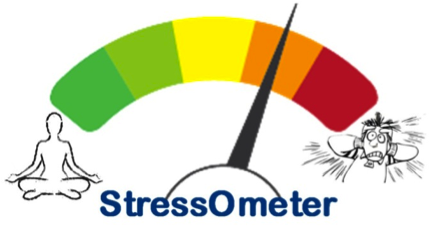As pilots, we are all familiar with the IM SAFE acronym that the FAA puts out. It comes up as part of the ground training over Human Factors during private pilot ground school. We all memorize it, spit it out for our check rides, then most of us promptly forget about it.
When I was training for my pilot’s licenses, I was at a Part 141 school that was very standardized (LeTourneau University, who has a fabulous aviation school). Before each flight, we had to do a self evaluation based on the weather and the IM SAFE checklist. Based on our answers, we would then determine if the conditions were conducive to flying as well as if I was physically okay to fly.
This was a great tool because not only do pilots have to pre-flight the airplane, they also need to pre-flight themselves. It’s very easy to fall into one of the “Hazardous Attitudes” if there is a pressing meeting or you haven’t flown in a while and it’s a beautiful day, but maybe you aren’t physically fit to control an airplane.
Let’s break down the IM SAFE checklist to dig a little deeper into the physically fit side of flying.
Illness
This one is pretty easy. Are you sick? If so, how sick? If you can’t hardly talk or your body feels like it was hit by a truck, then flying probably isn’t in your best interest.
The tricky area can become if you are only a little sick. Maybe you have a cough or a little cold or a headache is starting to form. You probably could go fly, but is it really a good idea? It could be something worse, or it may be nothing. You have to know yourself and put limits on yourself before you wake up on the day of your big meeting two states over. Set illness personal minimums and stick to them.
Medication
There are a slew of drugs, both prescription and over the counter, that pilots cannot take and fly. AOPA has a hotline to call for pilots to find out if they can fly with the medication they are taking, or what meds they can take to give them relief and still operate an aircraft.
Another great resource is your medical examiner. Just give him/her a call and they will be more than happy to let you know what you can and can’t take. They’ve been educated in the area of aviation so they are very knowledgeable.
Stress
 This is a huge one that pilots ignore a lot. Maybe it was a stressful day at work, maybe you are running late to the airport, your meeting got moved up, whatever. Stress can jump on you and mess up a pilot’s thinking very quickly. If you have a lot of other things on your mind and you aren’t able to focus just on flying, it might be a good idea to stay on the ground.
This is a huge one that pilots ignore a lot. Maybe it was a stressful day at work, maybe you are running late to the airport, your meeting got moved up, whatever. Stress can jump on you and mess up a pilot’s thinking very quickly. If you have a lot of other things on your mind and you aren’t able to focus just on flying, it might be a good idea to stay on the ground.
Alcohol
Out of the whole IM SAFE list, the alcohol limitations are very clearly defined. 8 hours bottle to throttle, no more than 0.04% BAC, no operating an airplane while under the influence, and no carrying passengers who are visibly intoxicated. For your personal minimums, it’s a good idea to increase that time to 12, 18 or even 24 hours bottle to throttle.
Fatigue
Learning to fly while a college student led to a fair share of canceled flights due to fatigue. I operate best on 8 hours of sleep in the past 24 hours. I can function on 6, but anything less than 6 hours, my performance drastically drops off, sometimes to a point where I wouldn’t be safe. I discovered this while with my flight instructor attempting to do a holding pattern and completely botching it up.
I observed this as a CFI quite often. If I was doing ground with a student and they were struggling, my first question would be, how much sleep did you get last night? More often than not, if I had to ask that question, I would get an average answer of 3 to 4 hours (I even had one guy show up for a flight block on 2 hours sleep. I sent him back to the dorm).
Fatigue is very easily overlooked because it’s not measurable. Needing to get a flight lesson done or needing to get somewhere when you are obviously fatigued is not a good idea. Make sure you get a good night’s sleep before a flight and don’t be afraid to cancel if you didn’t. Set some sleep personal minimums and make them hard and fast.
Eating
Don’t skip meals and fly. Performance greatly decreases when a pilot is hungry. At the very least, stick a couple of food bars in your flight bag to give you some nourishment.
Also, stay hydrated, especially in the summer time. I carry a huge bottle of water with me on all my flights because I get headaches if I don’t drink enough. Getting dehydrated on a long flight can lead to all sorts of performance problems (over hydration is also a problem in the air, but that’s what Gatorade bottles are for, right?).
All this to say, have some personal minimums when it comes to you and your body. Check the plane, check the weather and check yourself. If anything falls in the “red” area in any one of those three categories, stay on the ground and don’t press your luck.
